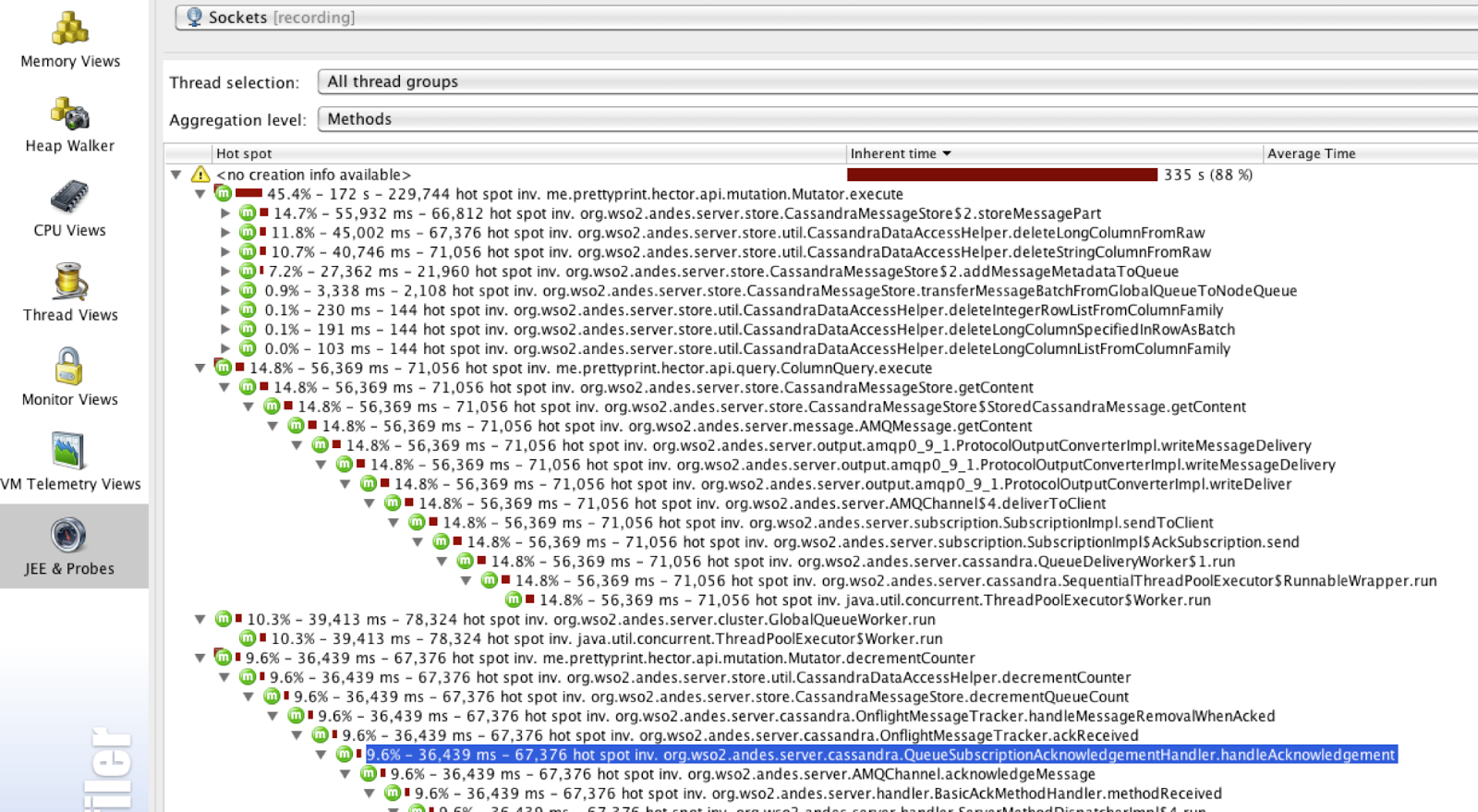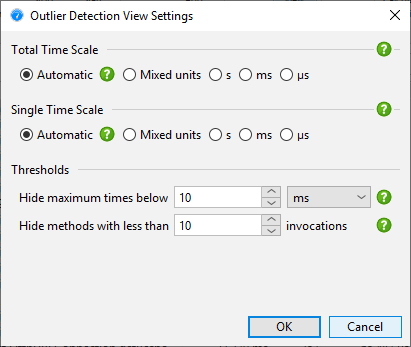
You don't care about and your own classes will be deeply buried. If your application is called by a framework, the top of the call tree will consist of framework classes that If methods from all classes are shown in the call tree, the tree is usually too deep to be manageable. Splitting nodes like URLs are retained in all Mode to see only JEE and Spring components on a class level.

If your application uses JEE or Spring, you can use this The aggregation level selectorĪlso contains a "JEE/Spring components" mode. While all measurements are performed for methods, JProfiler allows you to take a broader perspectiveīy aggregating the call tree on the class or package level. The tree depth-first to analyze the part of the tree that has the greatest performance impact. JProfiler sorts children by their total time, so you can open

Most granular end points is most easily understood. The call tree is the first view in the "CPU views" section, and it's a good starting point when you startĬPU profiling, because the top-down view that follows method calls from the starting points to the Nodes have children that representĪll the outgoing calls that were seen at that call stack.Ī B A B C A B D A: 7 ms B: 6 ms C: 3 ms D: 1 ms A C 2 ms 1 ms 3 ms 1 ms C: 1 ms method invocations with call stacks call tree Node in the tree represents one call stack that was observed at least once. The chronological aspect is eliminated and only the total numbers are kept. This is why JProfiler builds a cumulated tree of all observed call stacks, annotated with the observed timings and With single traces, you have no notion of the relative importance of the data In that way, you can tell how important method calls are with respect to the entire activity in aĬertain time period.

Usually, that number is so great that locating and followingĪnother aspect is that many performance problems only become clear if the collected data is aggregated. Grasp the number of method calls in a busy JVM. Keeping track of all method calls and their call stacks would consume a considerable amount of memoryĪnd could only be kept up for a short time until all memory is exhausted. Have to switch on CPU recording to capture interesting use cases. Solve, one or the other presentation will be most helpful. Depending on the problem you are trying to This data is presented in a variety of ways. As the size of each segment corresponds to the relative CPUconsumption of the corresponding calling-context, the visualization eases the location of performance bottlenecks in em- bedded Java software, revealing hot methods, aswell as their callers and callees, at one glance.When JProfiler measures the execution times of method calls together with their call stacks, we call it We vi- sualize the generated calling-context cross-profiles as ring charts, where callee methods are represented in segments surrounding the caller's segment. Each calling-context stores dynamic metrics, such as the estimated CPU cycle consumption on the target.

We implemented our approach in the customizable cross-profiler CProf, which generates calling-context cross-profiles.
#Jprofiler limit hotspots software#
The embed- ded software is profiled in any standard Java Virtual Machine in a host environment, but the generated cross-profile estimates the ex- ecution time on the target. We promote cross-profiling as an alternative approach, which is particularly well suited for embedded Java processors. ABSTRACT Prevailing approaches to analyze embedded software performance either require the deployment of the software on the embedded tar- get, which can be tedious and may be impossible in an early devel- opment phase, or rely on simulation, which can be extremely slow.


 0 kommentar(er)
0 kommentar(er)
